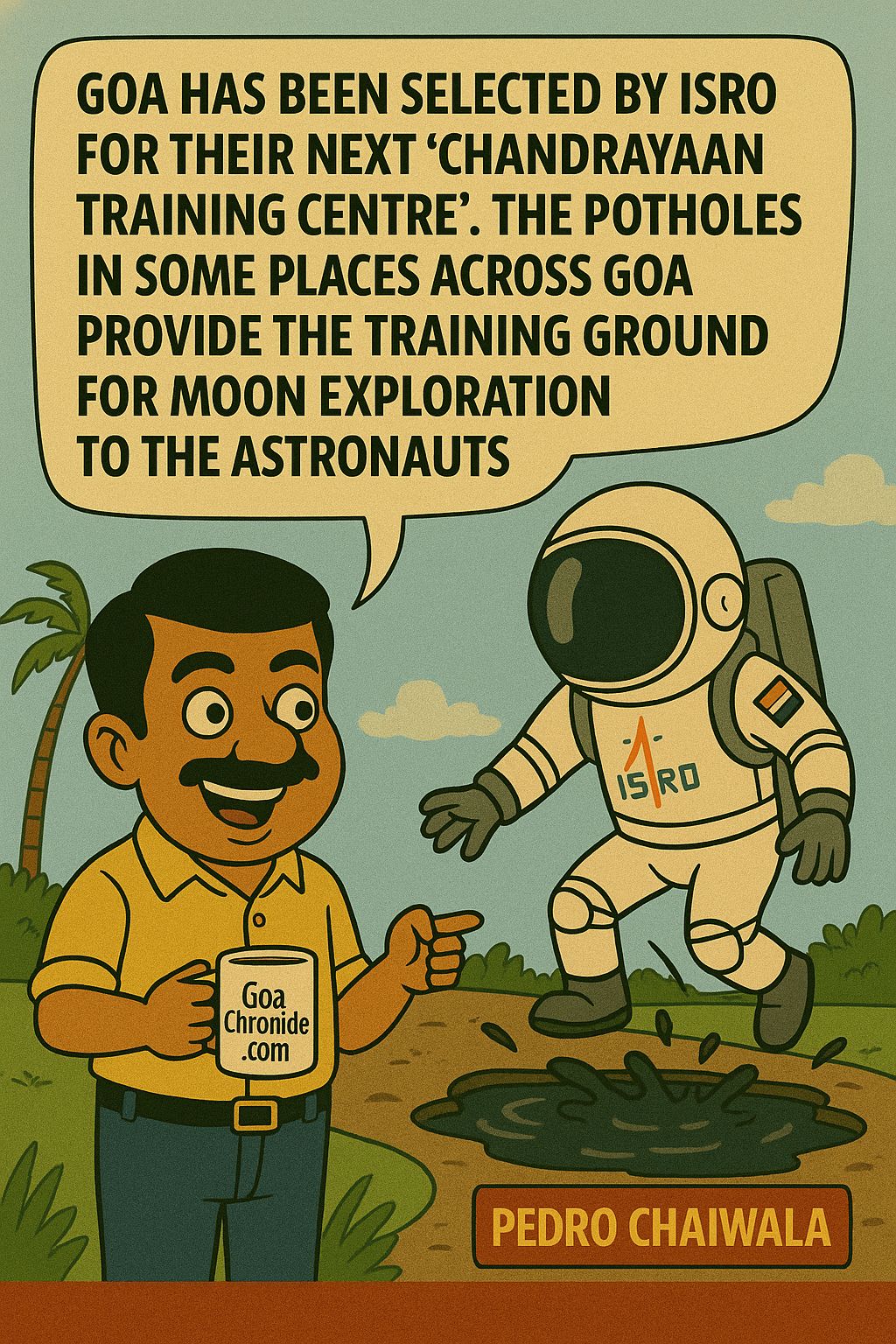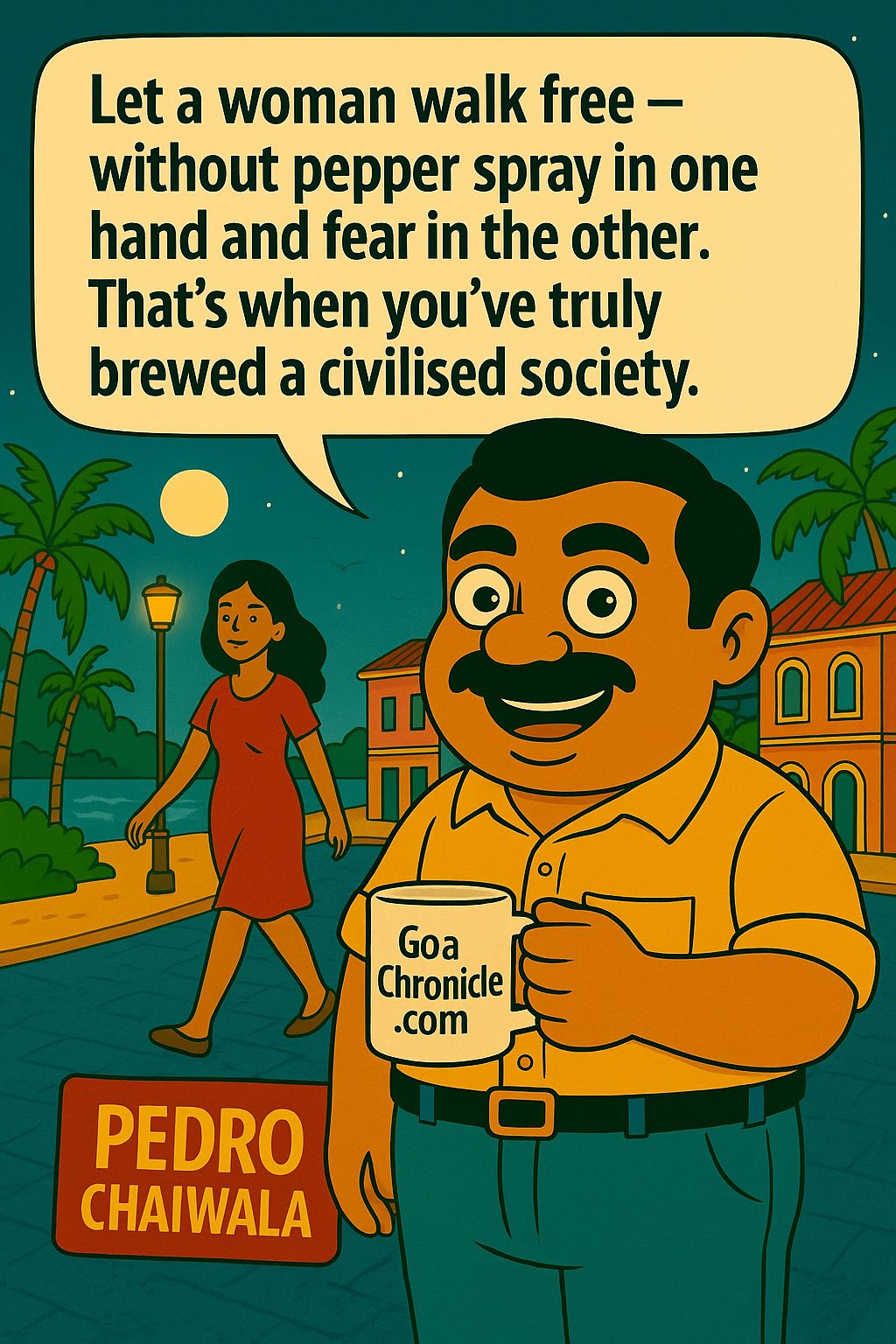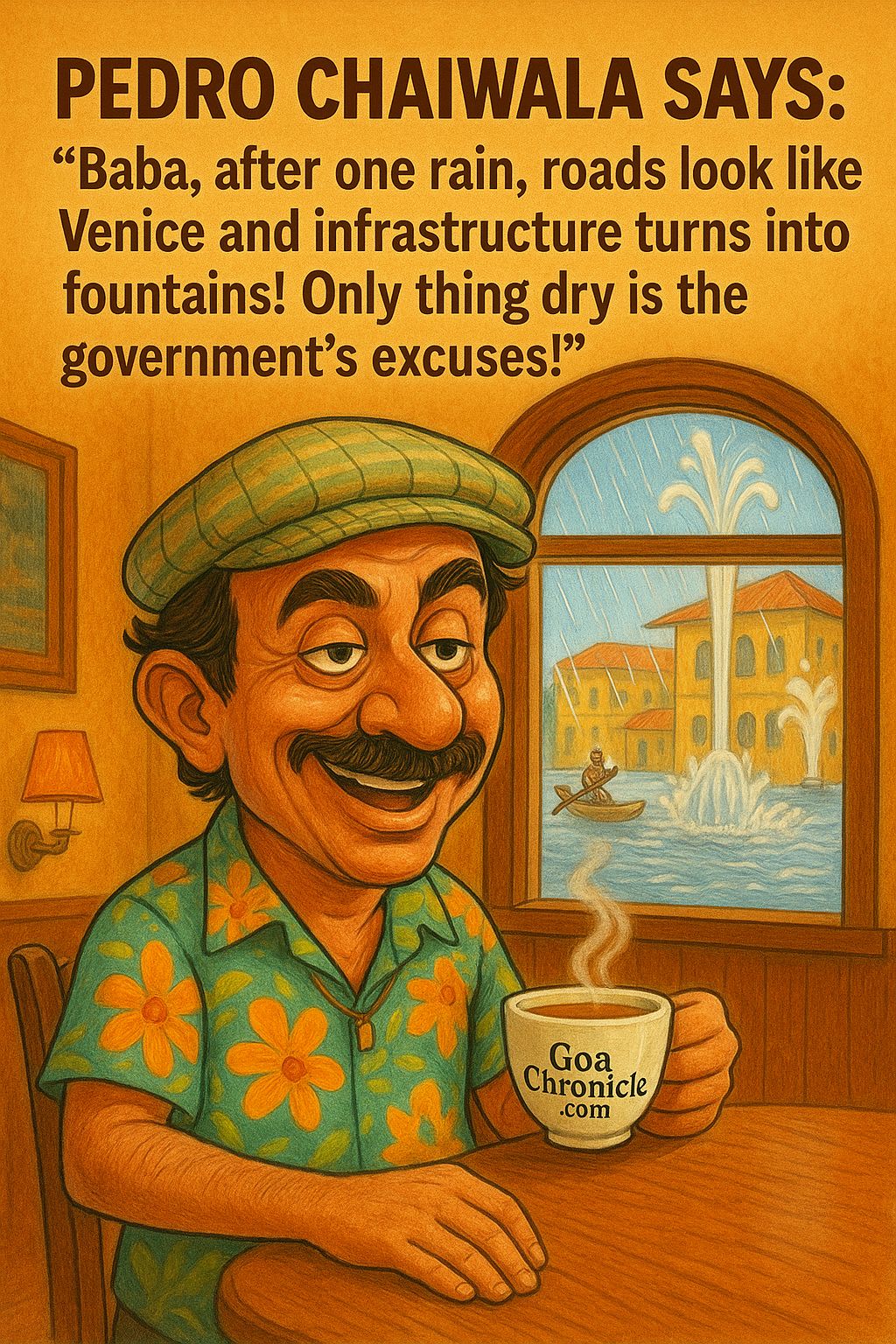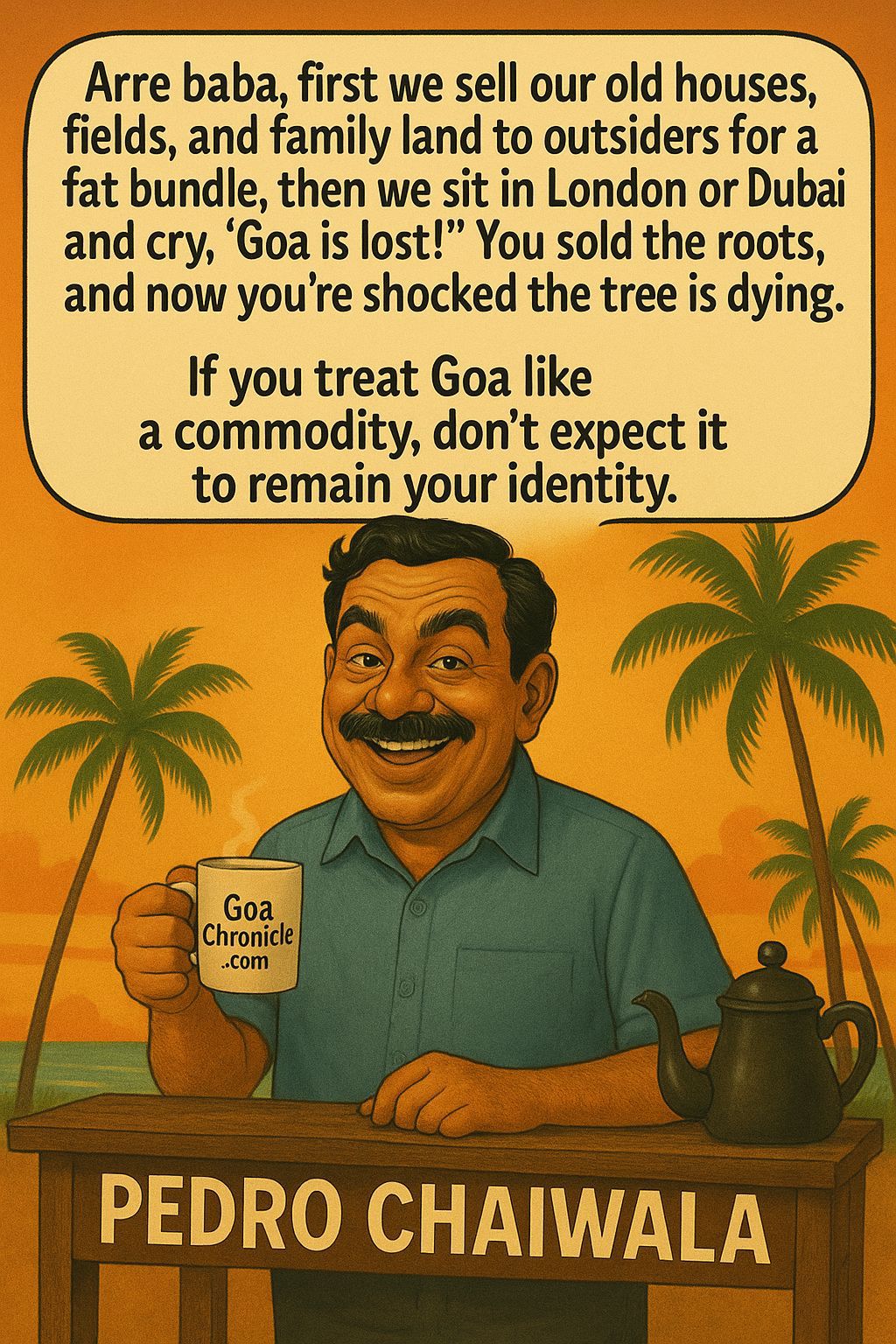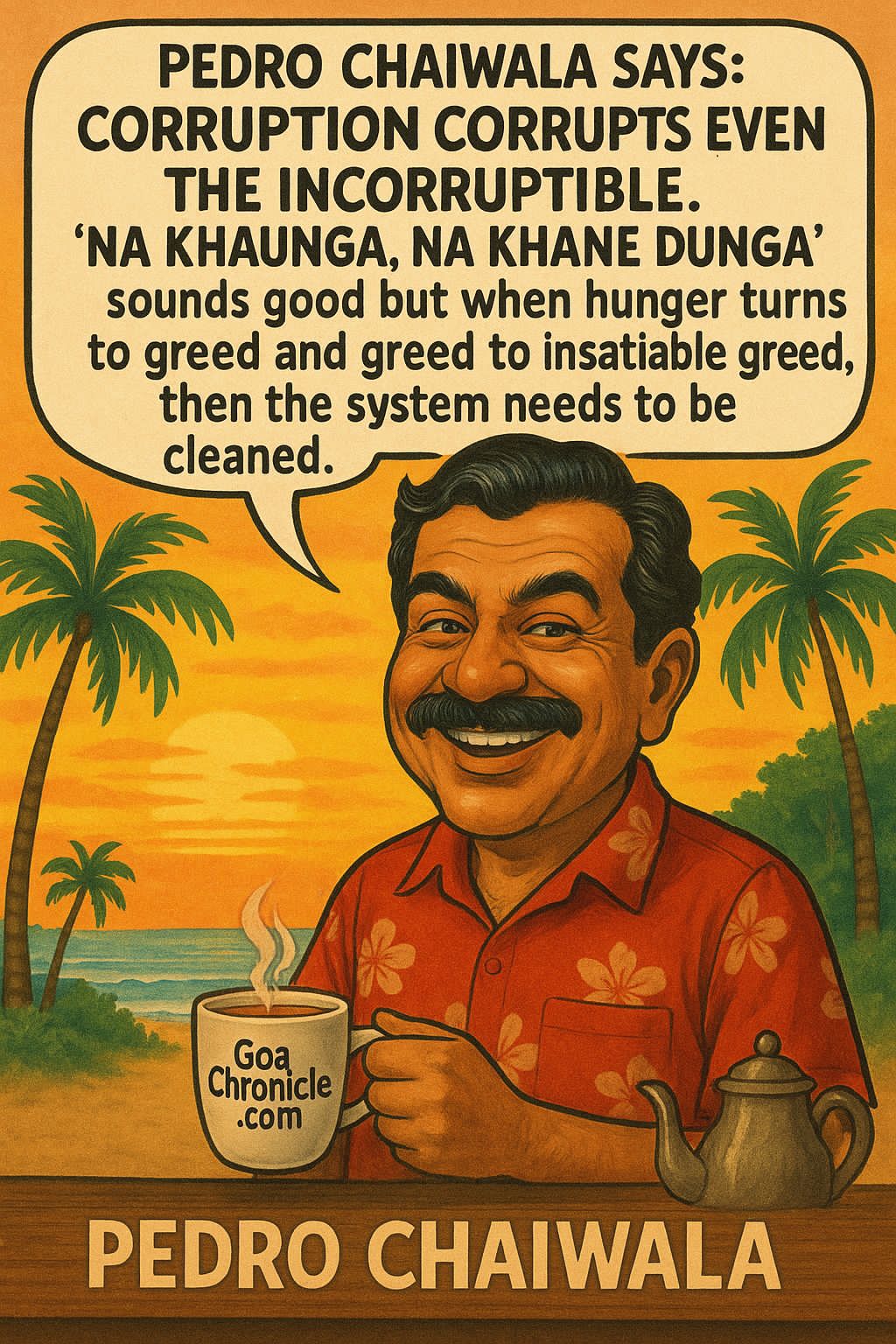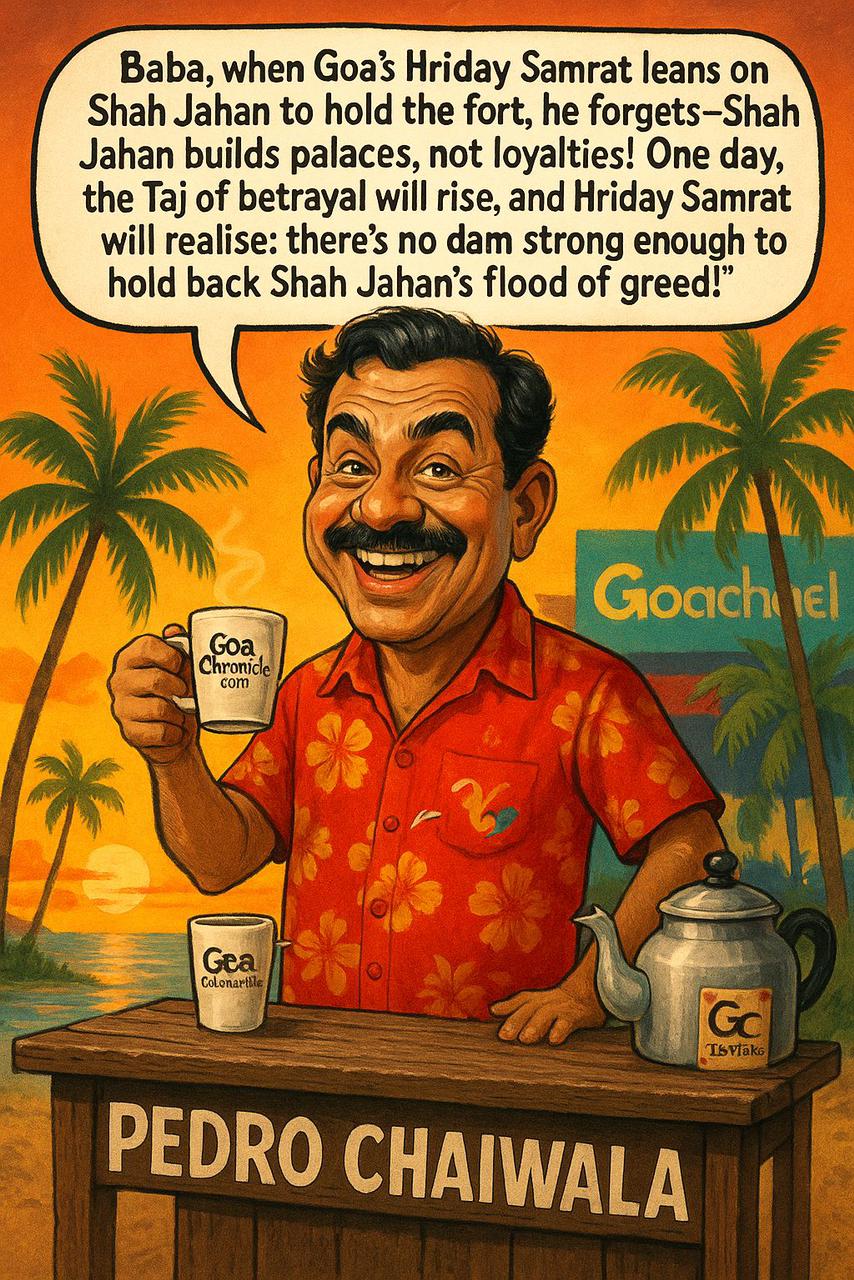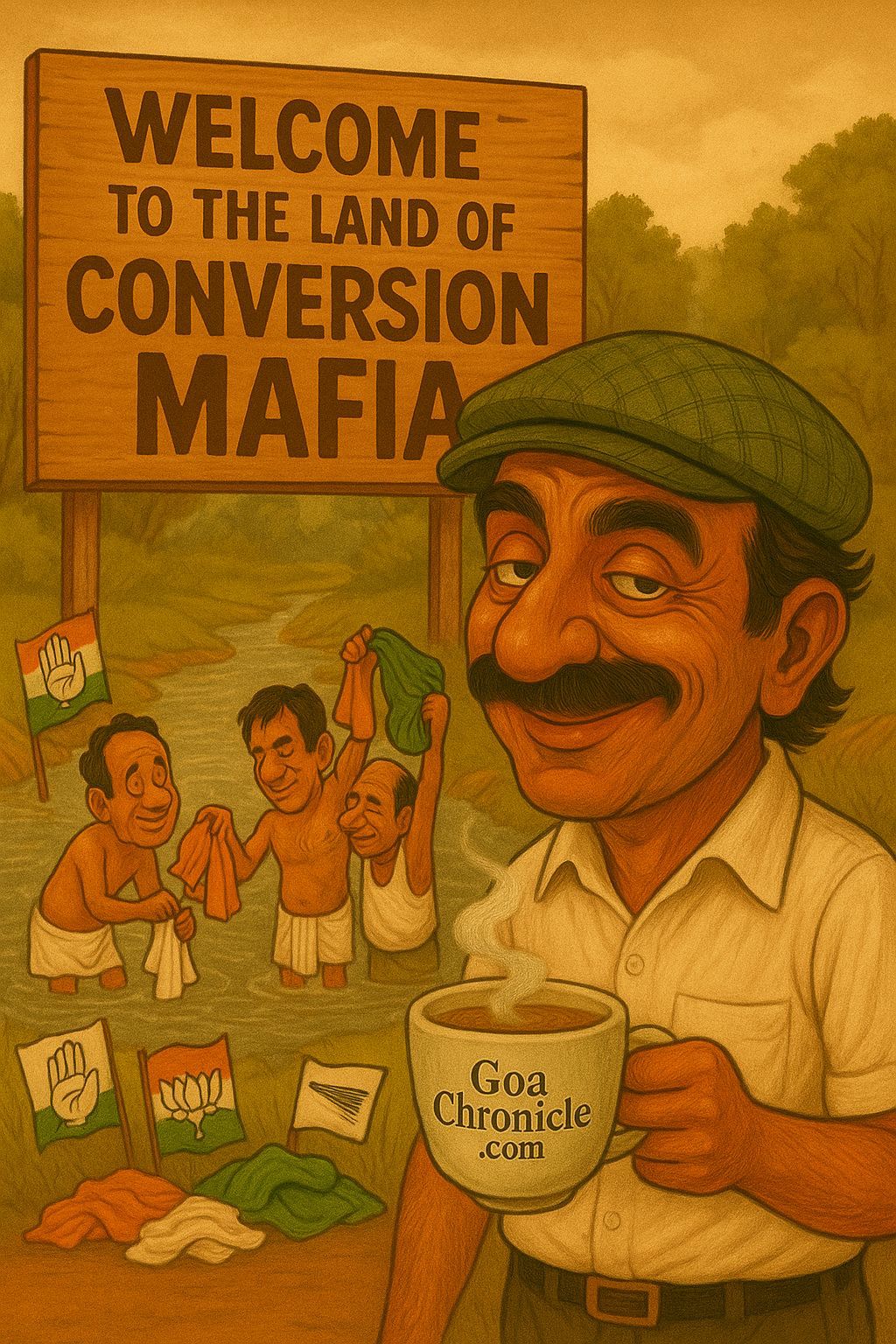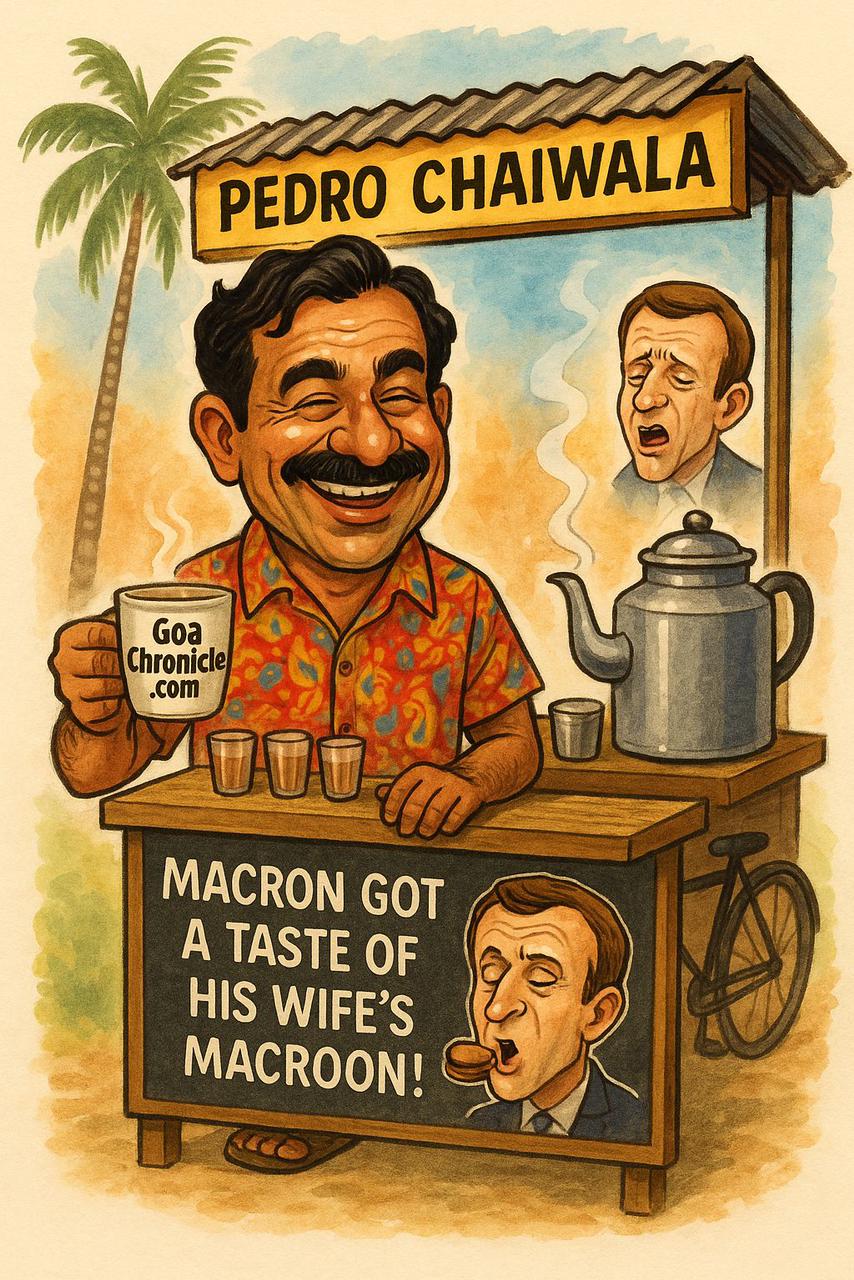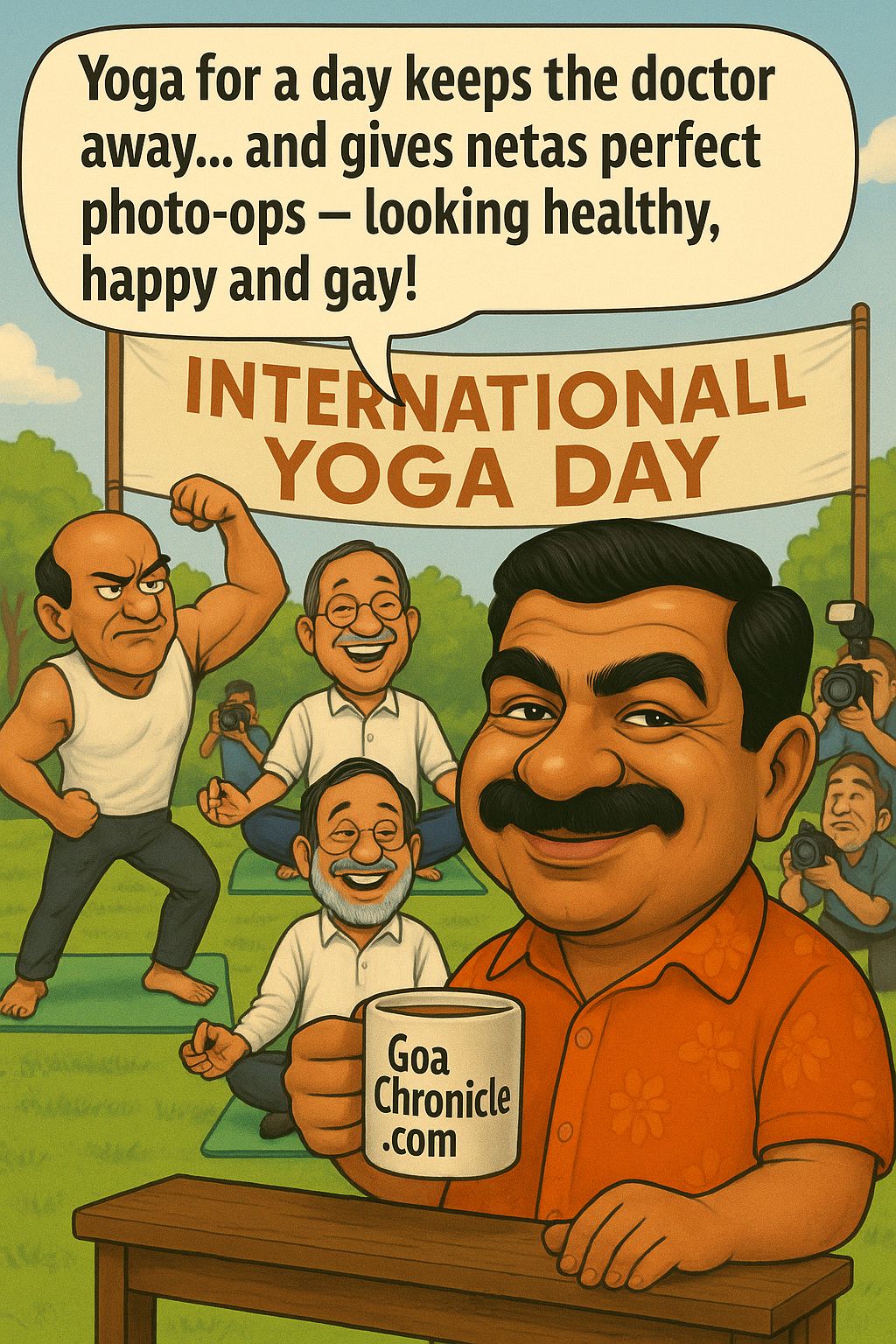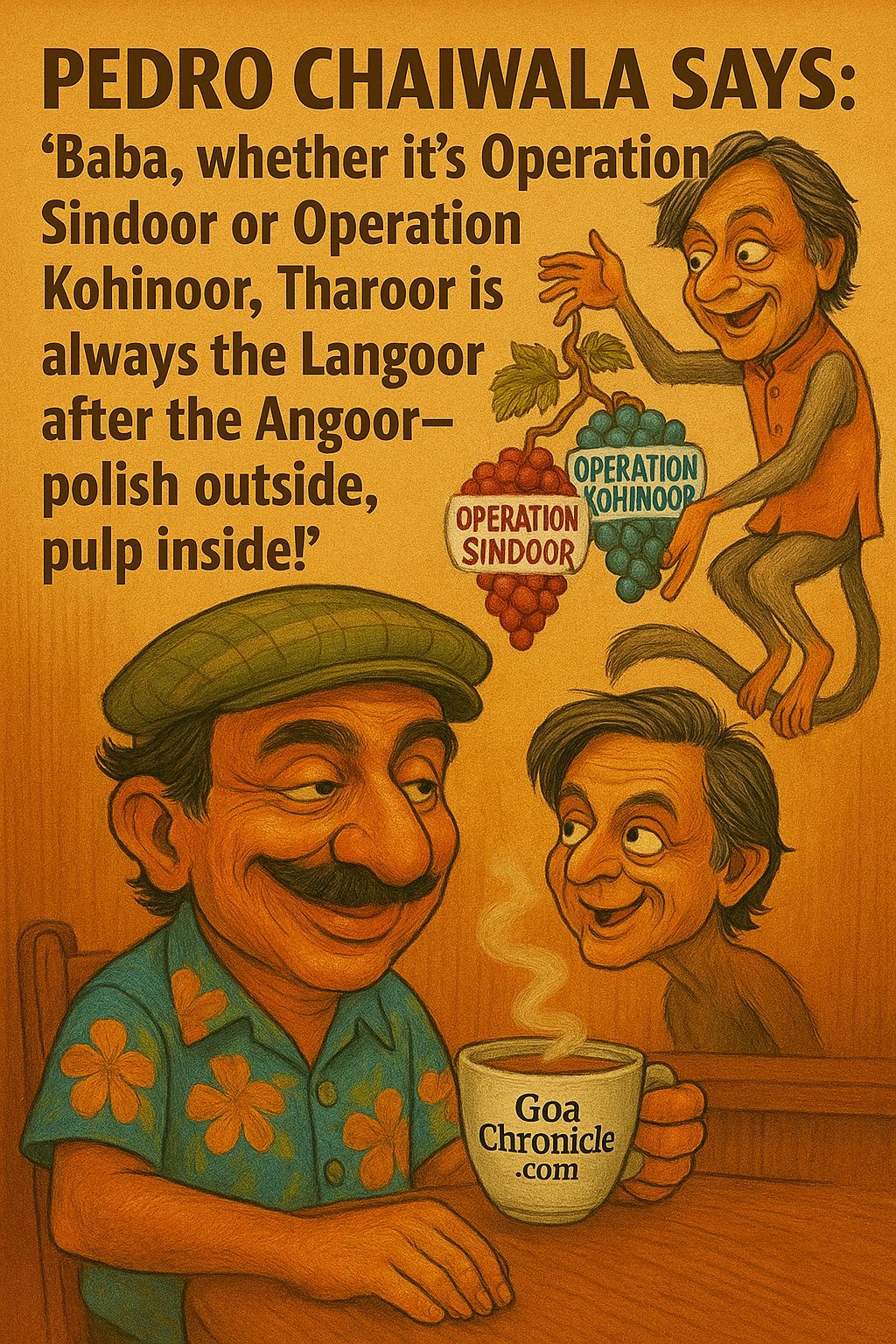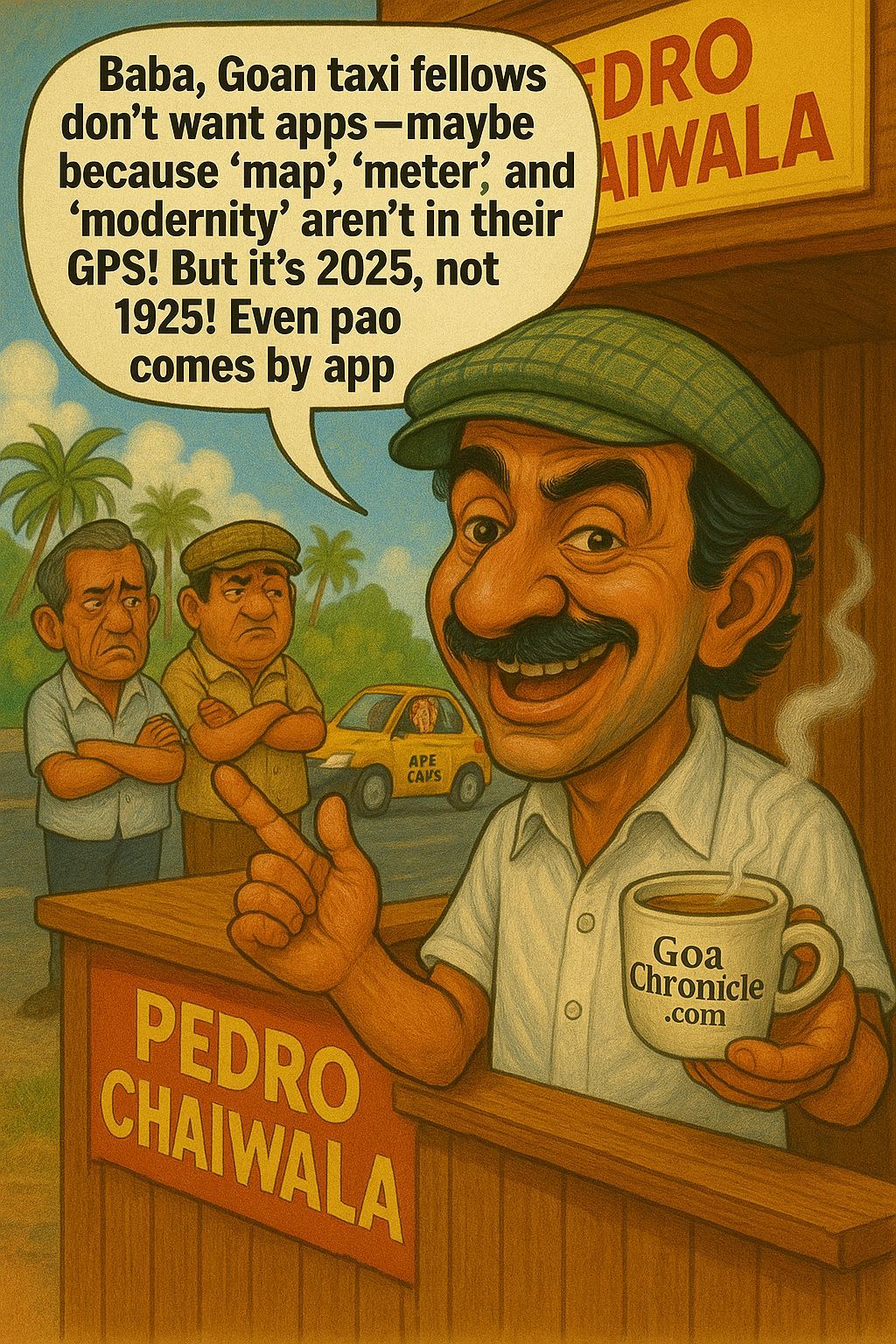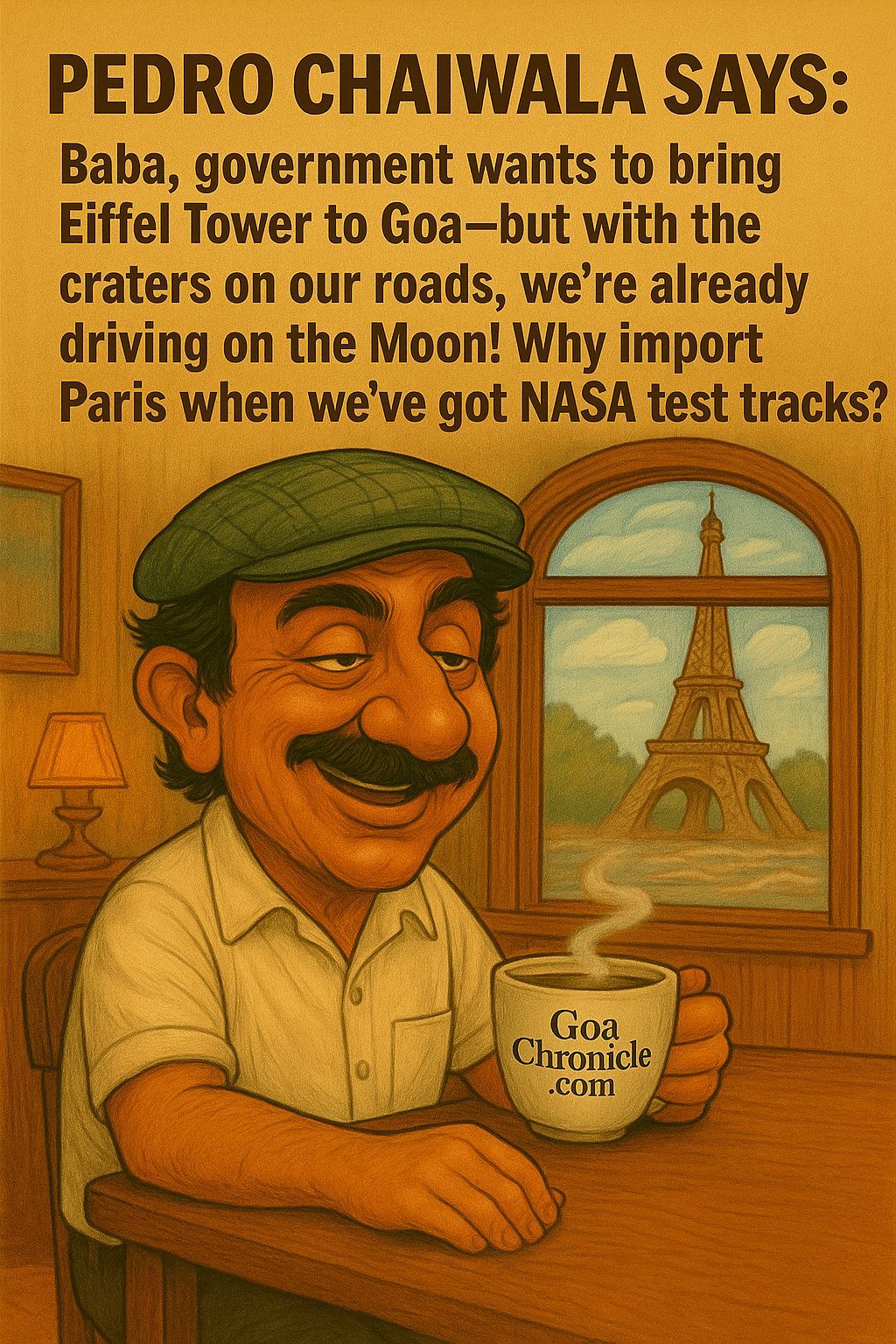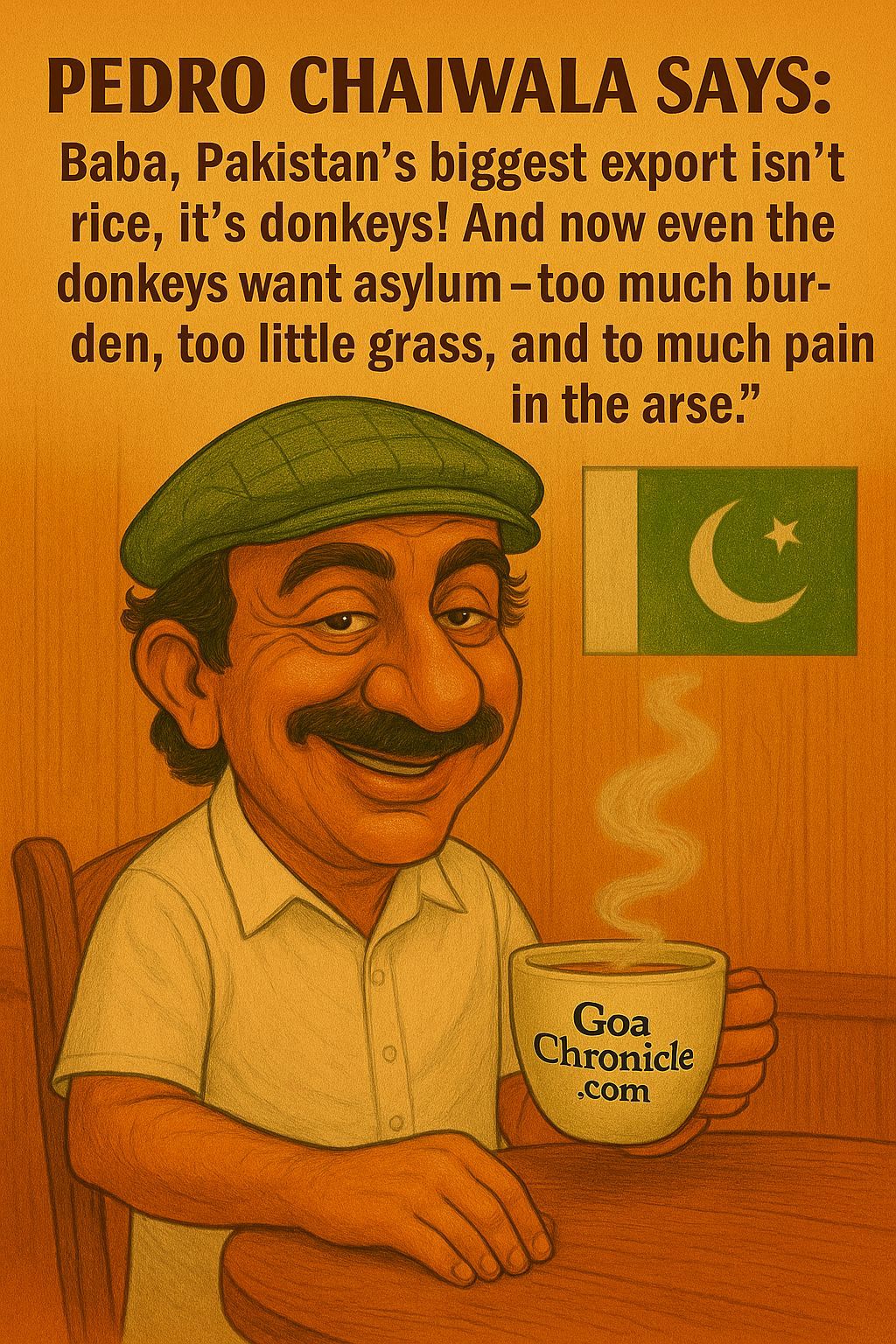If you come to Goa, don’t search for Chhole Bature or Idli Sambhar. You can get that at every second corner of every Indian city. Come to Goa and relish the Bhaji Pav, savour the Ros Omelette, taste the Sukem, dip your senses into the Xacuti, and let the Prawn Curry Rice take you back to the Goan grandma’s kitchen where love was measured not in teaspoons but in handfuls. Goa is a state that welcomed the world, but somewhere in that warmth, we forgot to preserve the flavours that made us unique. Today, when I walk down the streets of Panjim, Margao or Calangute, I see South Indian franchise boards and North Indian dhabas mushrooming like monsoons do on our laterite walls. What I don’t see anymore is that humble Goan eatery where men sat, unshaven, in half pants, with chipped plates, serving curry that competed with their wives’ cooking.
Goa is a land that gave India not just beaches and holiday memories, but also one of the most assorted regional cuisines. Yet, our food is slowly dying – not because it lacks flavour, but because it lacks preservation. Walk through Calangute today and you will find restaurants selling Butter Chicken, Paneer Tikka, Masala Dosa, even Shanghai-style Fried Rice, but ask for authentic Goan Patal Bhaji or Tonak, and the waiter will scratch his head like you just asked for his Aadhaar password.
Our tourism campaign says Goa – A Perfect Holiday Destination. Unfortunately, our culinary identity has shifted to Goa – We Serve What You Already Eat Everywhere Else. And that’s not just careless; it’s cultural suicide.
The numbers speak for themselves. Between 2015 and 2024, there has been a sharp rise in non-Goan restaurants operating in tourist zones. Industry observers estimate that over 60% of new outlets in North Goa alone specialise in North Indian or South Indian cuisine. Many franchise-style outlets offering Idli Sambhar, Dosa, Uttapam, Chhole Bature and other inter-state favourites have rapidly grown, while independent Goan eateries have shrunk. On the other hand, traditional Goan establishments—once synonymous with Goan Bhaji Pav breakfasts and Fish Thalis for lunch—have decreased by an estimated 35% in the same period. Old restaurant owners complain of high operational cost, lack of skilled Goan chefs, shortage of local staff willing to work in hospitality and most importantly, fading demand.
Goans have always been known to be Sussegad. But being Sussegad with our food has now turned into being left behind. We have let outsiders sell their food in our land while we hesitate to put our heritage on the plate. A foodie will travel to Lucknow for Tunday Kebabs, to Amritsar for Kulchas, to Madurai for Idlis, to Kolkata for Misti Doi, but rarely do tourists come to Goa to eat Goan food anymore. They have started associating Goa only with seafood and alcohol. That’s like reducing Goa to just beaches.
The Bhaji Pav is not just breakfast; it’s Goan identity pressed between bread. It’s that early morning street stall feeding fishermen, labourers, college students, neighbours who walk barefoot at 7 AM. It’s spicy gram curry cooked overnight till it cries flavours. It’s served with pav, not bun, because we don’t do fancy, we do soul. But today, next to it stands a shiny South Indian kiosk selling Filter Coffee Combo Breakfast. And the queue outside it is longer.
In the last ten years, Goan cuisine hasn’t disappeared; it has been displaced. A rising number of restaurant owners have switched to “multi-cuisine” menus to widen market preference. That’s code for “serve everything, highlight nothing.” I know Goan hotels where Tandoori Chicken sales beat Sorpotel five to one. Where chefs make Pav Bhaji better than Goan Bhaji Pav because they themselves are not Goans.
You cannot preserve culture by outsourcing it.
If you come to Goa, I urge you – eat in the small family-run places. Don’t walk into the chain restaurants. Go to the one where the board is handwritten, where the cook is 65 years old, where the table shakes slightly, and where the Kingfish Curry will ruin every curry you have thereafter. Try Ros Omelette served from a food cart at 9 PM, where the egg whispers to the gravy, not drowns in it. Taste Bhaji Pav at the roadside stall where the uncle still remembers your father’s name. Have Mussel Fry in a joint where they pull up plastic chairs and not Instagram-worthy furniture.
We Goans have a history of selling land to outsiders. That price we have paid. But if we sell our cuisine too, then what will be truly Goan? The land may have changed hands, but the recipes must stay in our kitchens.
If Goa must progress in tourism, let it also progress in preserving what’s Goan. We can admire Dosa, enjoy Chhole, but don’t let Bhaji Pav become a museum item. We blame outsiders for taking over our culture, but often culture dies not because someone killed it, but because those who inherited it refused to defend it.
So, next time someone asks, “What should I eat in Goa?”, don’t say “Try the Butter Chicken at that fancy beach shack.” Tell them, “Go search for that morning Bhaji Pav, and if you find it, you’ve found the real Goa.”
Because if Goa loses its Bhaji Pav, it loses its soul.
And a Goan without a soul is just another tourist destination with sand.






